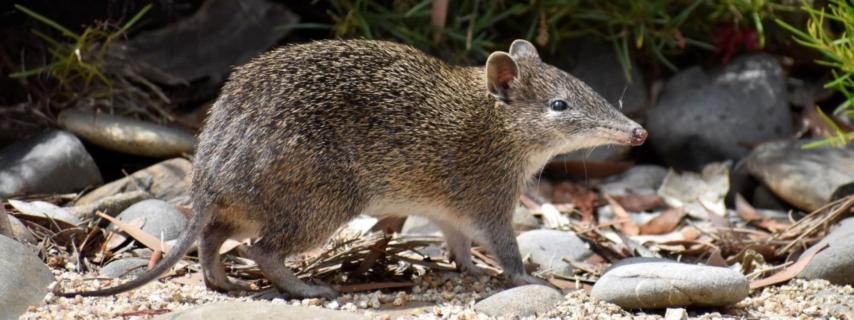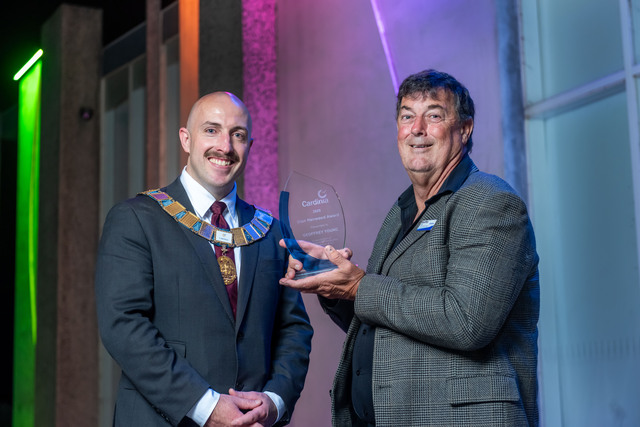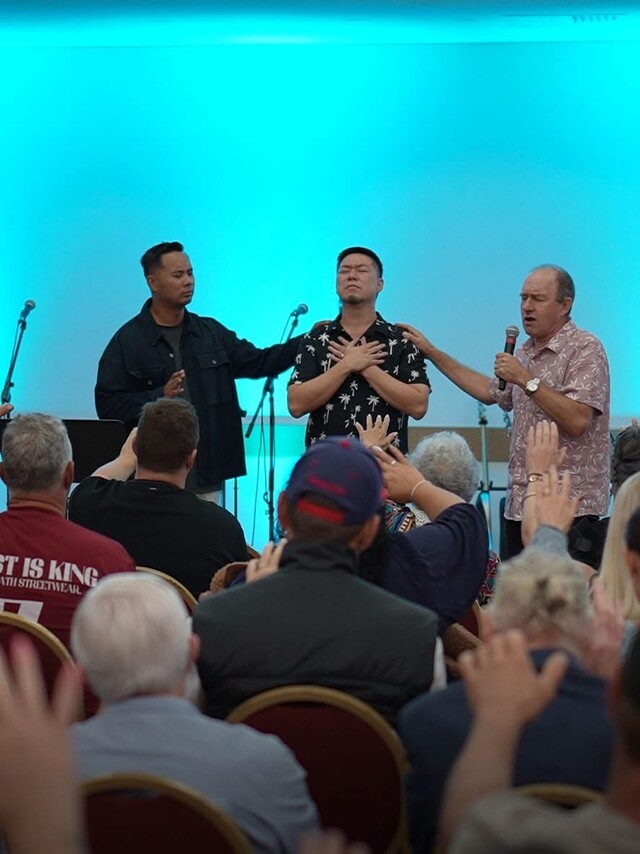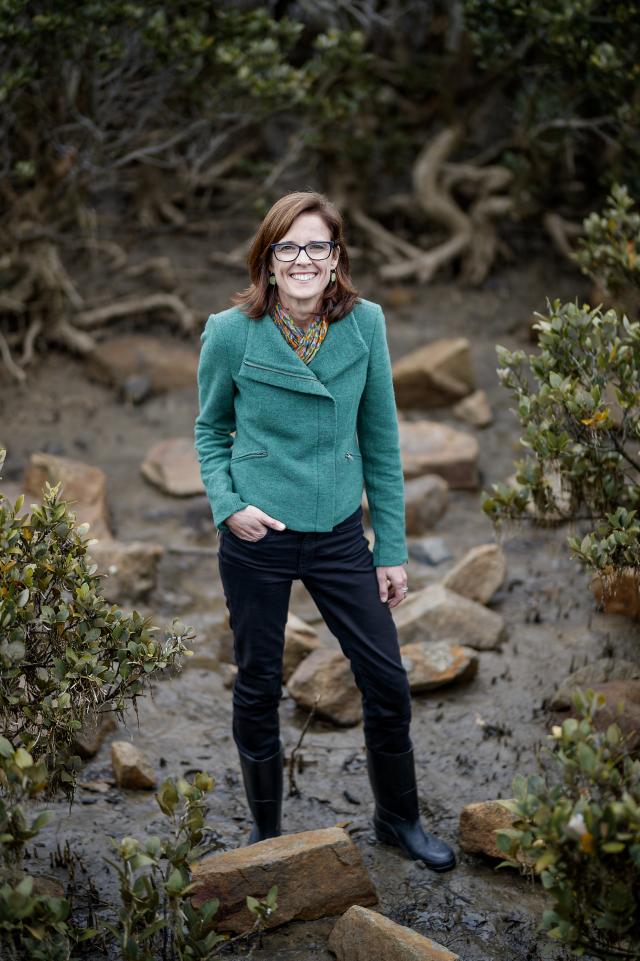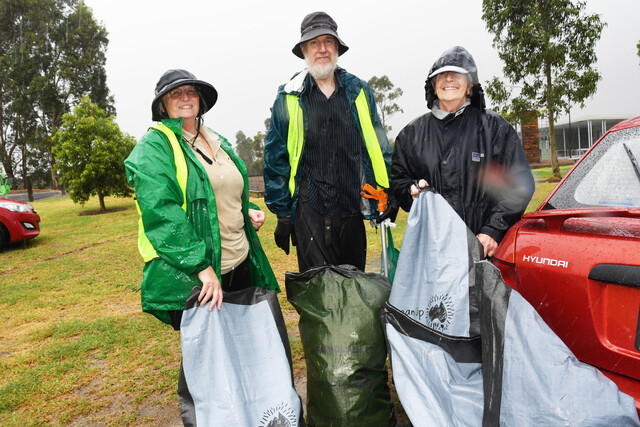The City of Casey is undertaking a biodiversity assessment to better understand the location of threatened species across the municipality.
Over the next 12 months, the council will be approaching landholders to see if they are interested in participating in the assessment.
The properties the council is most interested in are larger properties with native vegetation that hasn’t been cleared.
Data will be used to better understand Casey’s biodiversity and how it can be protected.
The council will be looking for a variety of threatened species, including the Growling Grass Frog, the Powerful Owl and Dwarf Galaxias.
The Growling Grass Frog is one of the largest frog species in Australia which lives in waterbodies such as farm dams and irrigation channels.
There are known populations around Clyde and Tooradin.
Dwarf Galaxias are a small freshwater fish found in slow flowing waterways like streams, swamps and drainage channels.
They are found in the Hallam Valley, Cardinia Creek and surrounding streams.
Swamp Wallaby-grass is a tufted perennial grass that grows in freshwater swamps, floodplains, riverbanks, drains, and grassy wetlands.
The Powerful Owl is a large owl with a relatively small head and a rounded tail, which needs old growth trees to nest. It is found in Harkaway and Cranbourne.
The Southern Toadlet is a small frog found in damp areas, usually under leaf litter, logs or rocks. Once found across all of Casey, it is now only found in small pockets in the south of the municipality.
The council will also be on the search for migratory birds that are found all throughout Casey’s wetlands and farm dams.
If you are interested in nominating a property for assessment, please email enviroeducation@casey.vic.gov.au or contact council’s principal natural resource management officer on 9709 9364.

